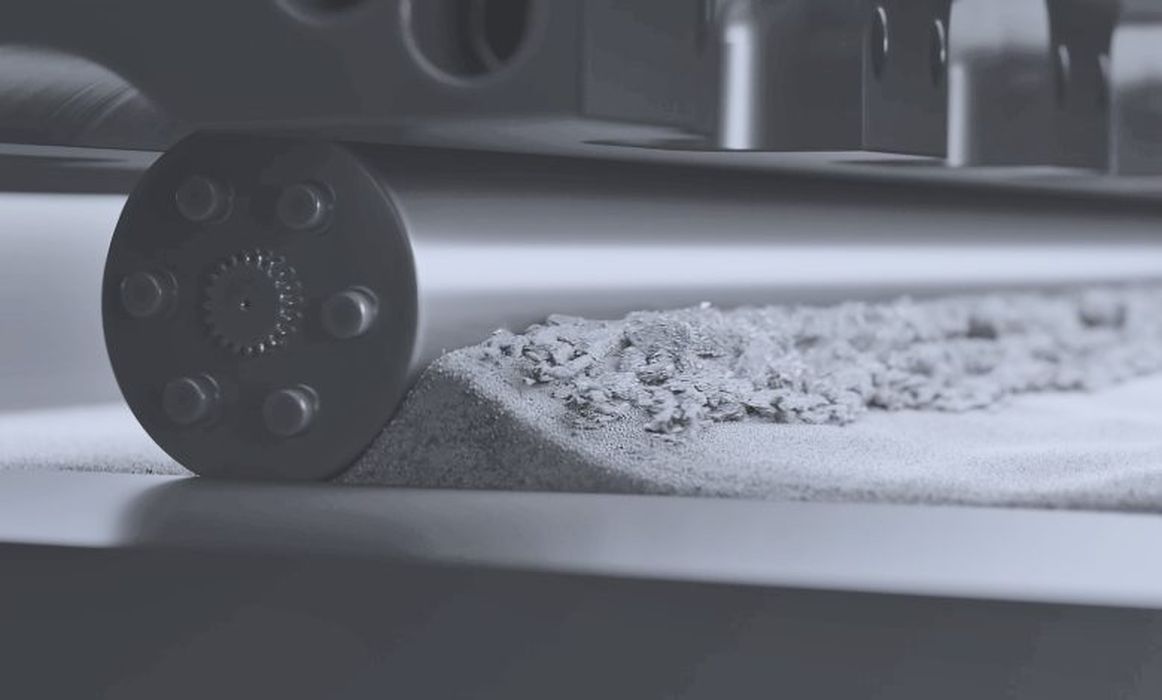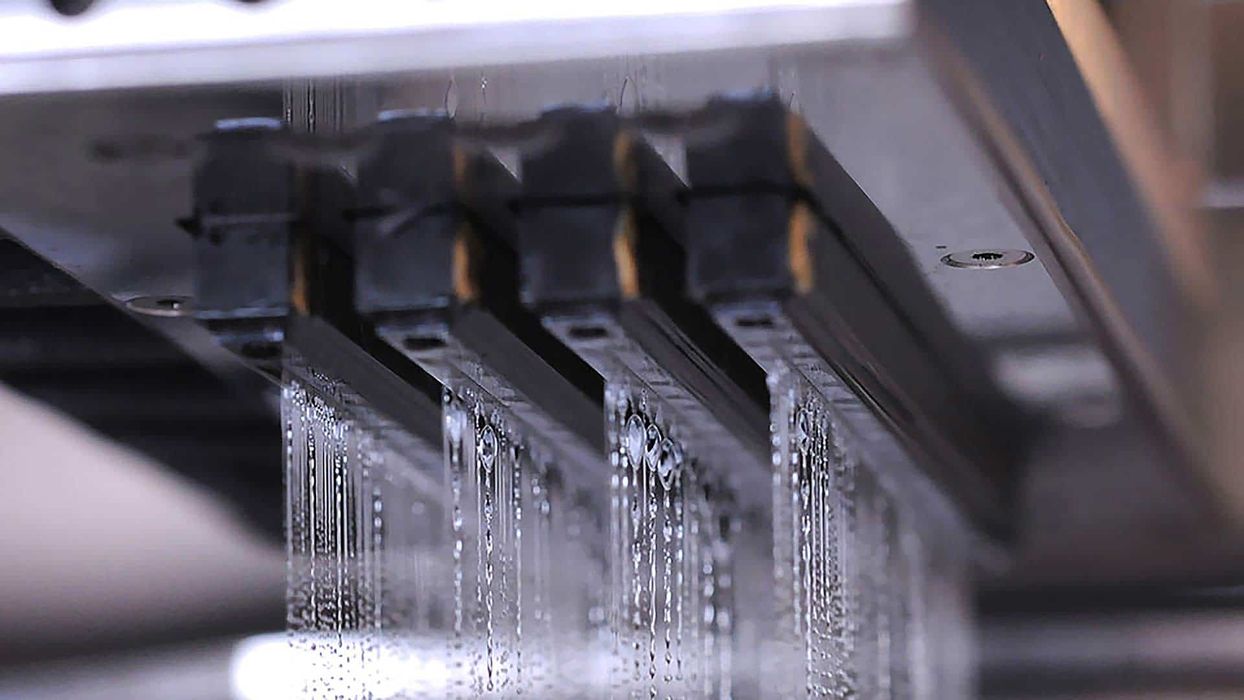
Research from Yale School of the Environment shows reduction in GHG over traditional metal casting methods.
The Additive Manufacturer Green Trade Association, also known by the acronym AMGTA, released the preliminary results of a life-cycle analysis study titled “Comparative Life-Cycle Assessment: Comparison of Casting vs Binder Jetting for an Industrial Part.” For this study, the global advocacy group promoting sustainable additive manufacturing (AM) industry practices focused on the benefits of metal binder jetting versus traditional metal casting.
The study, commissioned by the AMGTA was conducted by the Yale School of the Environment (YSE) in partnership with Desktop Metal (NYSE: DM), a global leader in AM technologies for mass production, and Trane Technologies (NYSE: TT), a global climate innovator. The organizations analyzed a steel scroll chiller in an HVAC system from Trane to determine the comparative manufacturing impact of binder jet 3D printing for sand casting versus traditional metal sand casting. The preliminary results confirmed a dramatic 38% reduction in greenhouse gas (GHG) emissions through the binder jetting process primarily driven by reduced energy demand during the production phase.

“Prior to this project, uncertainty about the life cycle emissions of binder jetting versus conventional manufacturing approaches was a barrier to AM adoption,” said Kevin Klug, Lead Additive Manufacturing Engineer for Trane Technologies. “With the results of this study, Trane Technologies is in a better position to comprehensively consider AM’s cost, productivity and environmental impact earlier in a product’s design cycle, when risk is lowest, and the potential benefits are highest.”
Key Takeaways from the Study
Significant Reduction in Greenhouse Gas Emissions. The additive process showed a 38% reduction in greenhouse gas emissions based on binder jetting as compared to traditional casting for the parts studied. Importance of Energy Mix.
Similar to previous findings, the study found that the manufacturing facility’s energy mix at the location of generation, and whether that energy grid was produced using sustainable means, had a significant impact on GHG emissions.
Negligible Value of Redesign for Lightweighting. The study found that the potential benefits of redesigning the scroll chiller for lightweighting using a lattice-type structure were insignificant with respect to GHG emissions. The overall dimensions of the parts being produced, and the efficient use of print volumes, played a much more important factor than lightweighting. Lightweighting may provide environmental benefits in the use phase which is not included in this study.
Material Production Impacts. While this study showed the environmental impacts of source powder production were approximately twice that for casting steel, such an increase represented a small portion of overall GHG emissions and did not play a significant role in the overall findings.
Overall, Binder Jetting Produced a More Sustainable Part. The dramatic reduction of GHG emissions from energy demand by binder jetting versus traditional manufacturing was by far the most important finding of the YSE study.
“The release of these findings is significant for the AM industry and for companies in the broader manufacturing sector who are looking for more sustainable production methods,” said Sherri Monroe, the AMGTA’s Executive Director. “With this study, we are able to quantify the reduced energy demand of binder jetting versus traditional casting while possibly providing some surprises in the negligible impact offered by lightweighting in this specific use case.”
One of the drivers behind double-digit annual growth in additive manufacturing over the past decade has been the adoption of binder jetting across multiple industries, driven by cost advantages, large-volume production, and the potential for sustainability gains.
Read the rest of this story at VoxelMatters
